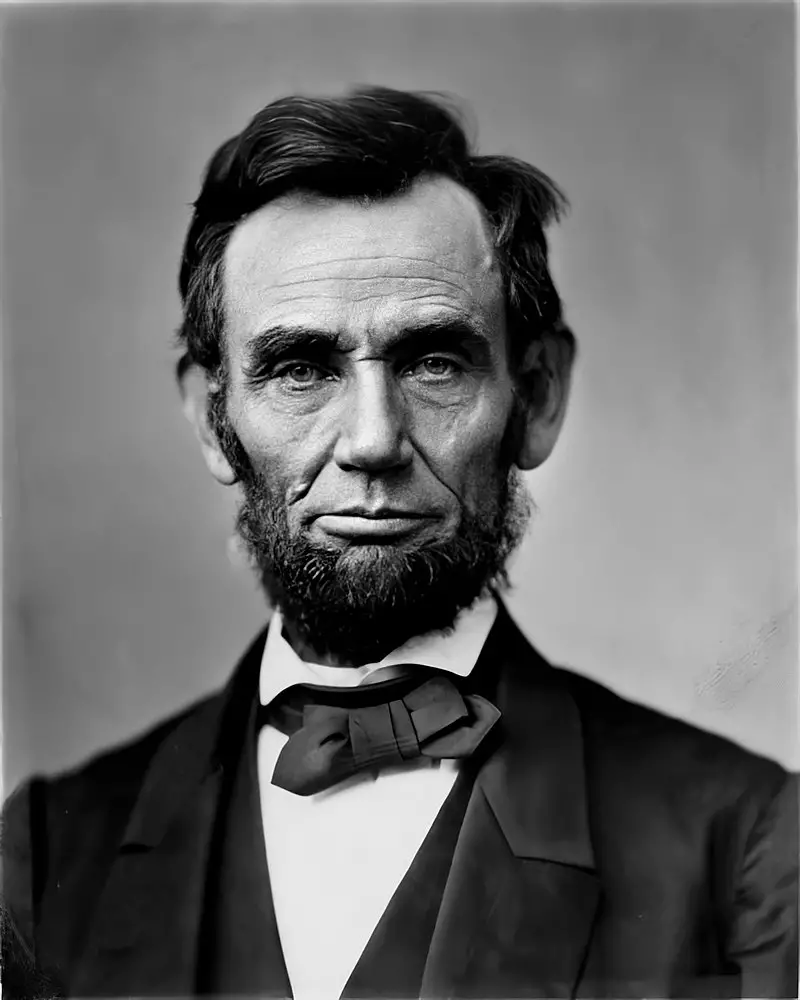Kansas-Nebraska Act
In the early days of the colonies, slavery was an accepted way of life in both Europe and the budding new country. However, anti-slavery thinking eventually brought about a split in the United States for those that wanted to keep slavery and those that wanted to stop it.
The country was growing, and decisions had to be made on this hot topic. New states that didn’t want slavery were called “free states” and to make everyone happy, Congress first passed the Missouri Compromise in 1820 that gave a state a choice to be a free or slave state with designations for future free states, and then later the Kansas-Nebraska Act that gave new states in the free state area the choice to be a slave or free state.
- Trying to balance the demands of the southern states that had based their economy on slavery was a tricky situation for many politicians. A majority of the growing United States supported abolitionist ideas to get rid of slavery. The Missouri Compromise was thought to have been one way to make sure that there were choices, but things changed in 1854 when the railroad was planned in areas that were north of the Missouri Compromise line. The Nebraskan territory was the main route for the new railway, and southerners got angry when it was going to be allowed to be a free state.
- Senator Stephen Douglas, an Illinois Senator, crafted the idea in 1854 that if the southern states let Nebraska in as a free state, they could make a new state of Kansas. The problem was that Kansas was also above the designated line of the Missouri Compromise, so Douglas wrote the Kansas-Nebraska Act that used the idea of “popular sovereignty” as a free or slave state.
- Popular sovereignty puts the power of the individual state to make the decision whether they wanted to be a slave or free state, no matter where the state was located. This Act was passed in 1854, and it appealed or overruled the previous Missouri Compromise. Once the Kansas-Nebraska Act was passed, it let the new territories that wanted to state the ability to vote for or against slavery.
- The topic of free or slave states might not have become so important had it not been for the expansion of the railway. The goal of the railroad was to make it easier for people to move to new and unpopulated areas so they could create farms and communities. There was a great fear from the abolitionists that the southern plantation owners would encourage the new territories to be slave states.
- The Kansas-Nebraska Act fueled a problem that the politicians hadn’t considered. Thousands of people started moving to the new territory of Kansas so they could vote for slavery. Seeing what was happening, thousands of abolitionists also moved to Kansas to vote against slavery. The two groups fought in what is called a small civil war that had a high death toll. This conflict was called “Bleeding Kansas.”
- Seeing what was happening, then-Congressman Abraham Lincoln sponsored anti-slavery legislation that outlawed slavery in all of the United States. This is known as the Thirteenth Amendment to the Constitution. In 1861 Kansas entered as a new state, and in 1867 Nebraska became a new state.

Q&A:
What did the Missouri Compromise let states do?
Choose to be a free or slave state and set boundary line for all new states that were to be free states
What prompted the creation of the Kansas-Nebraska Act?
The desire to build a railway through new territories
What problem did the politicians not consider when they passed the Kansas-Nebraska Act?
That people would move to the new territories and try to vote for or against slavery to influence the outcome
What was the mini civil war in Kansas called?
Bleeding Kansas
Which law did the Kansas-Nebraska Act overturn?
The Missouri Compromise
What was the amendment to the Constitution that the Kansas-Nebraska Act prompted to outlaw slavery in all states?
Thirteenth Amendment



